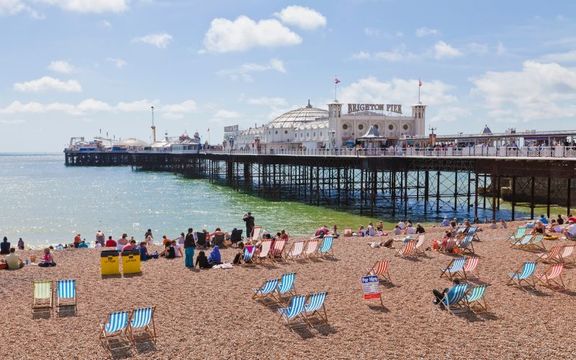
Brighton PierGetty
Funfairs, Fish & Chips, and What the Butler Saw.
Waves beneath your feet. Wind-knitted hair. A whiff of vinegar-sharp fish-and-chips warm in your hands. The jingle-jangle of amusement arcades, a beachy vista growing more distant each time you look back over your shoulder: Stepping out along a pleasure pier provides an evocative postcard from the British seaside. Sometimes it’s a pick ’n’ mix sweetie bag of traditional frivolity, kiss-me-quick tat, or loud, let-it-all-hang-out funfair madness. Elsewhere it’s a quieter, romantic promenade, a twilight evening removed from the glitter of a shore, the refuge of fishermen gazing pensively out to sea.
The British love affair with piers began in the Victorian era. These snaking inroads into the waves were a perfect marriage of 19th-century inventiveness, engineering skills, and entrepreneurial nous. That’s three in a marriage. This is not inappropriate for seaside ventures that would bring together laced up gentlefolk intent on imbibing the ozone, with unbuttoned entertainment of the saucy “What the Butler Saw” coin-operated kind. Piers, like the waves that surround them, have always swirled with giddy currents. It’s the excitable sea air. And stiff-upper-lipped, day-trip-liberated Brits do love to be beside the seaside.
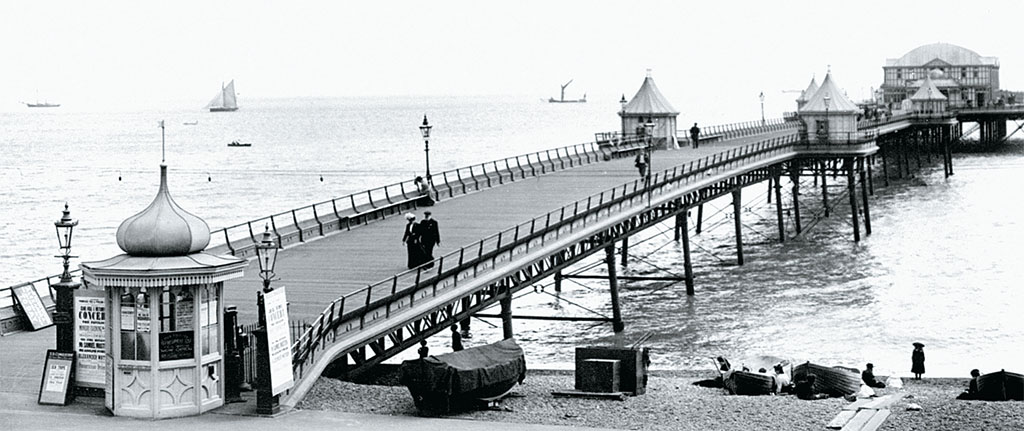
Promenade Pier, Dover 1901. Credit: The Francis Firth/ Corbis
The first purpose-built pier was at Ryde on the Isle of Wight, which cost £16,000, measured just over 1,700 feet, and opened in 1814. Much altered, it is still served by trains to the pier head, and there’s a regular ferry service to Portsmouth Harbour.
Initially, the primary purpose of piers was to allow visitors to “walk on water.” “Here for the sum of two pence, you can go out to sea and pace this vast deck without the need of a basin,” as Victorian novelist William Makepeace Thackeray wrote, enraptured by Brighton’s now vanished Chain Pier.
Their other function was to provide landing stages for the growing number of paddle steamers that took 19th-century trippers along the coast, mainly in the south of England. Glint-eyed pier operators who pocketed pedestrian tolls at the shoreward end and landing dues at the seaward end, soon found a way to make money in the middle, too—which led to all sorts of entertainments being added to divert pier strollers.
From the 1860s four decades of boom saw some 70 piers built: Such an attraction could help turn a town into a resort on the new holiday map expanding across Britain as railways and Bank Holidays (from 1871) turned day-trippers loose in droves. Blackpool, Bournemouth, and Brighton each built three piers apiece, to cater for different tastes; today only Blackpool boasts a triumvirate.
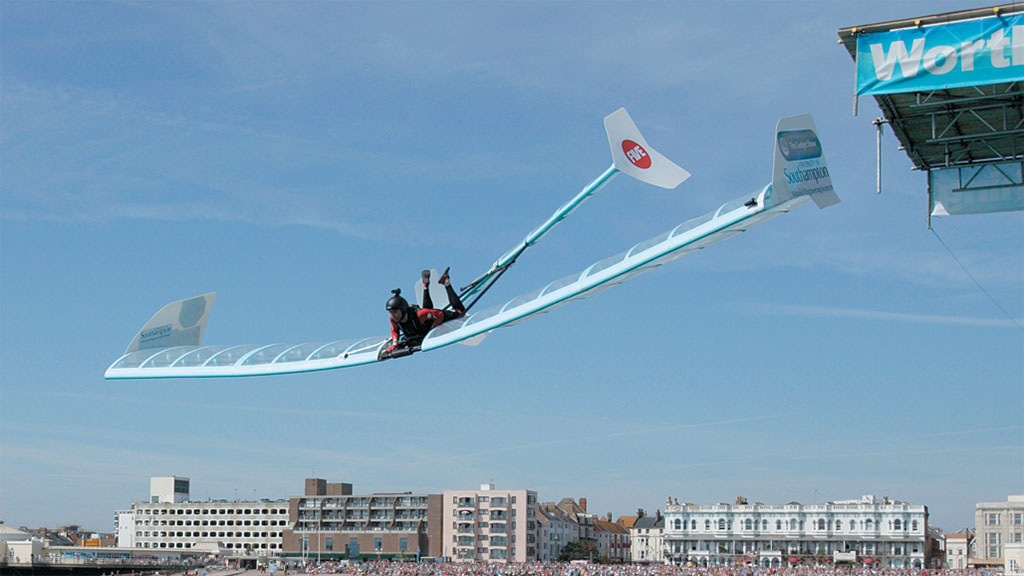
Credit: Peter Garwood/ Alamy
The standout builder was naval architect and engineer Eugenius Birch who, from 1855 to 1884, designed no less than 14 piers, among them Blackpool North (1863) and, one of his finest, Eastbourne (1870). Engineer James Brunlees also made a notable mark, including Southend Pier: After its extension in 1898, the world’s longest pier at 7,080 feet.
And what of the pier entertainments? Kiosks, shops, and bandstands proliferated, and in the 1870s Blackpool North Pier stole a march on the competition with its Indian pavilion. The idea caught on, and pavilions aplenty sprouted on piers elsewhere, providing chameleon spaces that could adapt to stage whatever changing fashions dictated: Concerts, dancing, and end-of-pier shows.
It wasn’t all top hats and curtseys, of course; there was plenty to gawp at, too. Teignmouth Pier, built in 1867, enters the record books as the first British seaside pier to boast “What the Butler Saw” machines. And at Dover Promenade Pier (built 1893, demolished 1927) “Professor Davenport” thrilled onlookers by diving into the sea in a sack. Jumping japes were clearly a hit: At Shanklin Pier (built 1890, demolished 1993) a Professor Montague Wesley would leap off a platform in flames; a piquant detail of the stunt was that he had just one leg—he sensibly laced up the empty leg of his diving suit to avoid it flapping.

Credit: Ian Mears/ Alamy
Even today, the annual International Birdman competition, first staged in 1971 and now held at Worthing Pier, West Sussex, sees bizarrely costumed contestants in homemade contraptions leap off and try to glide for 100 meters without mechanical aid.
The high-water mark in the popularity of piers was the Edwardian era. After the hiatus of World War I, no new piers were built until Weymouth Bandstand (1939). During World War II most piers were closed and breached to prevent enemy forces landing on them. A few never recovered, but others have been restored.
Since then pier owners, whether private, corporate or local authorities, have battled against spiraling maintenance costs, storm damage, fires, and changing fashions to make a go of things. At the beginning of the 20th century around 100 pleasure piers pinned Britain’s coast; now only half remain, many listed for their architectural merit.
A pick of piers
Blackpool Visit the Central and South Piers for full-on fun rides, arcades, and flashing lights. For a more sedate experience, stroll the Grade II-listed North Pier into the Irish Sea.
Bangor Garth
A secret gem on the North Wales coast that is one of the finest and least altered Victorian seaside piers. Quiet, Grade II-listed. View it from Anglesey with Snowdonia’s mountains as a backdrop.
Saltburn
Grade II-listed Victorian pier that has survived East Yorkshire gales and closure threats thanks to strong local support. Refurbishments have been crowned by a lighting system evocative of moonlight.
Southwold
Characterfully renovated, award-winning pier. Enjoy fish-and-chips or a seafood supper, and peruse madcap inventions in the Under the Pier Show.
Find these and all of Britain’s piers on the National Piers Society website www.piers.org.uk.
The National Piers Society (NPS) was founded in 1979, under Poet Laureate and Southend Pier fan Sir John Betjeman, to promote and sustain interest in the preservation and continued enjoyment of seaside piers.

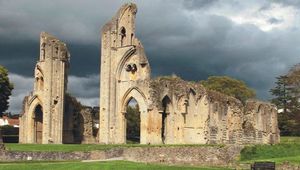



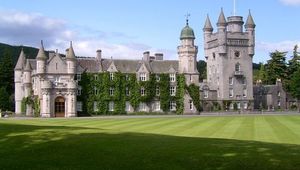
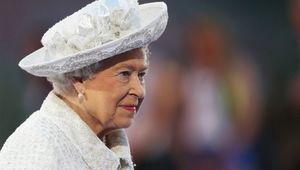
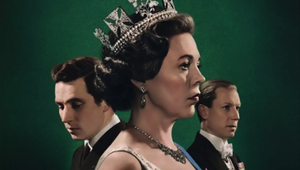
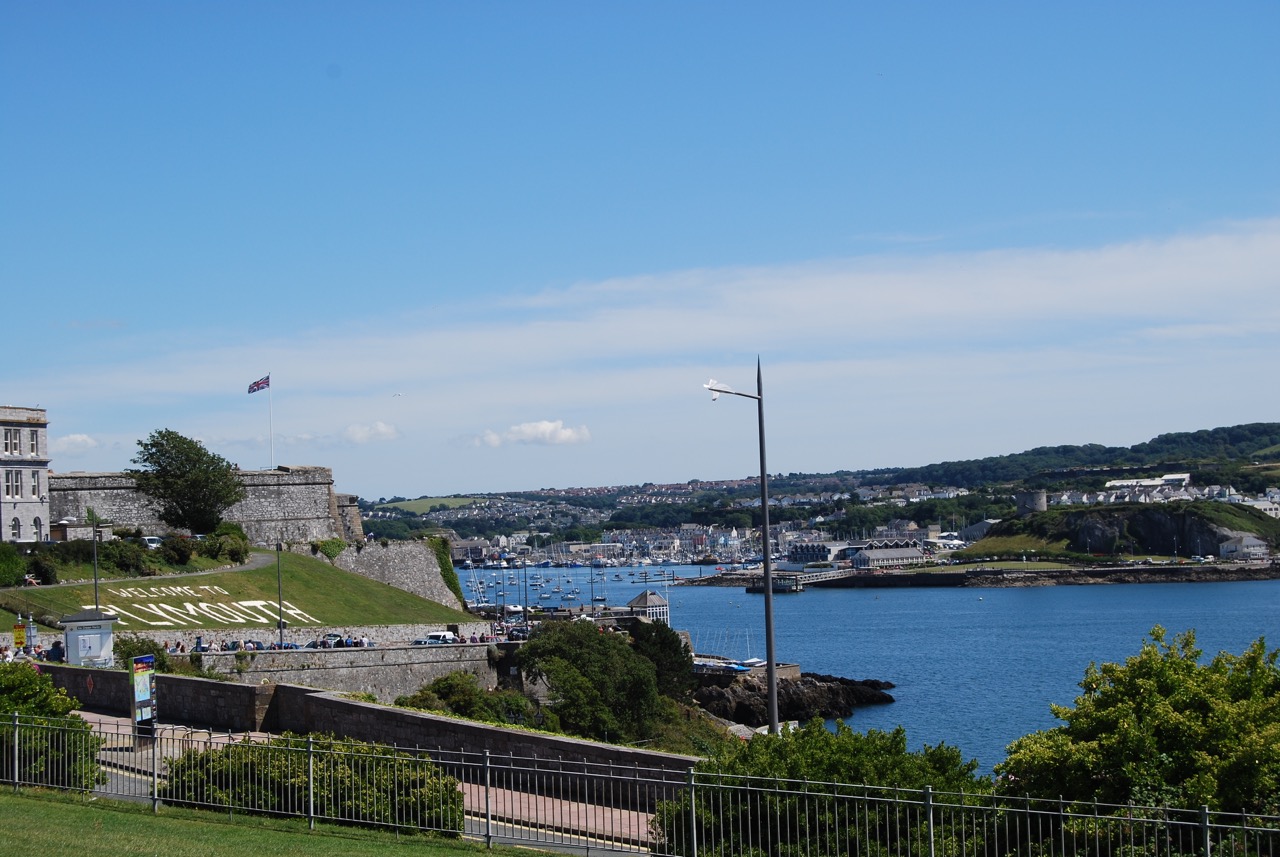

Comments